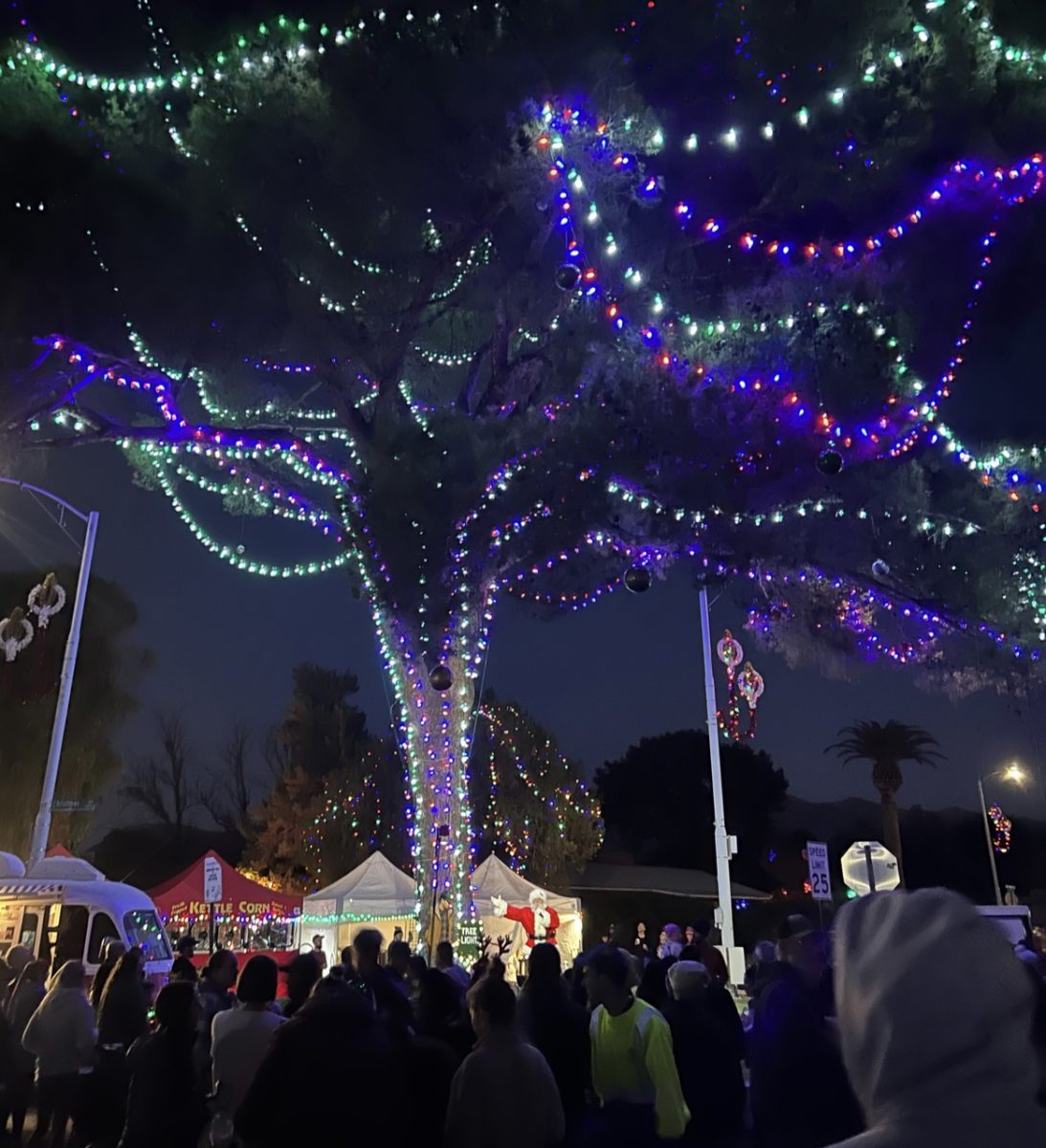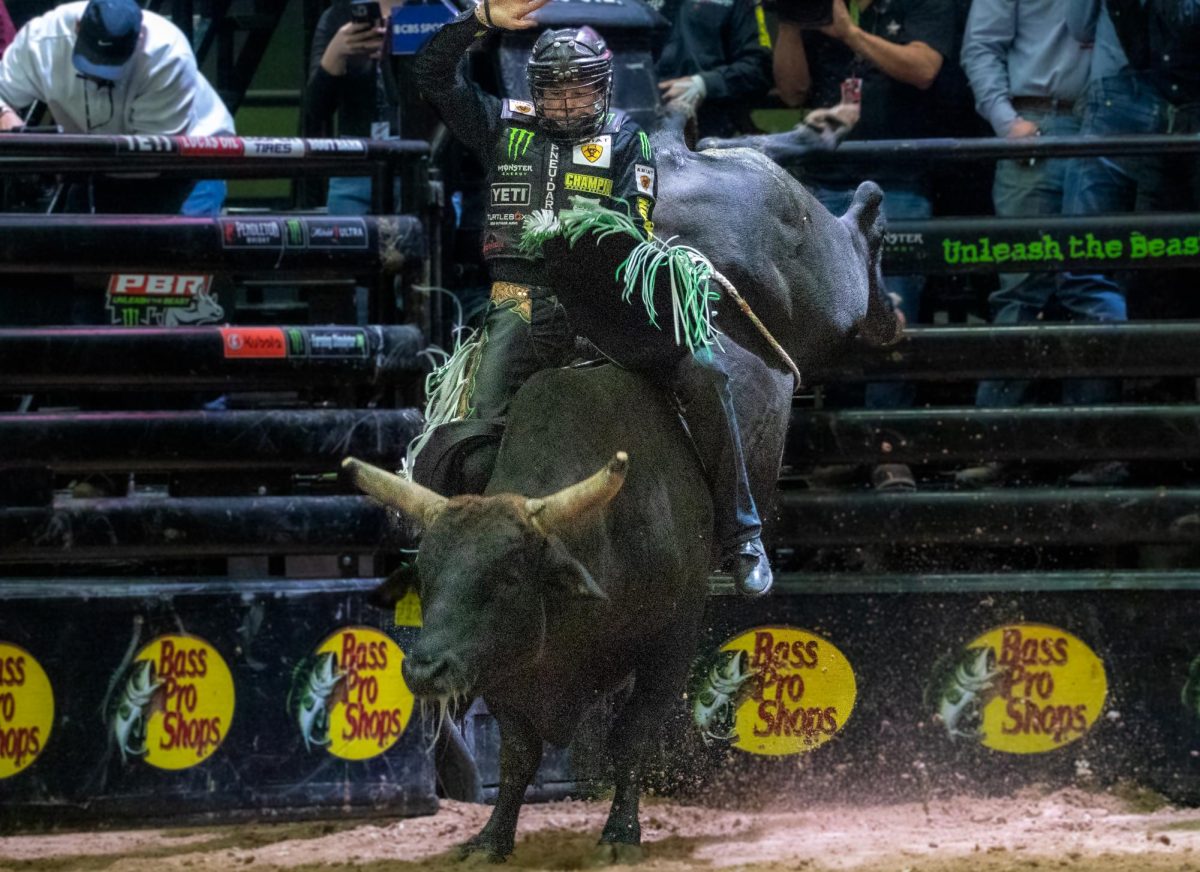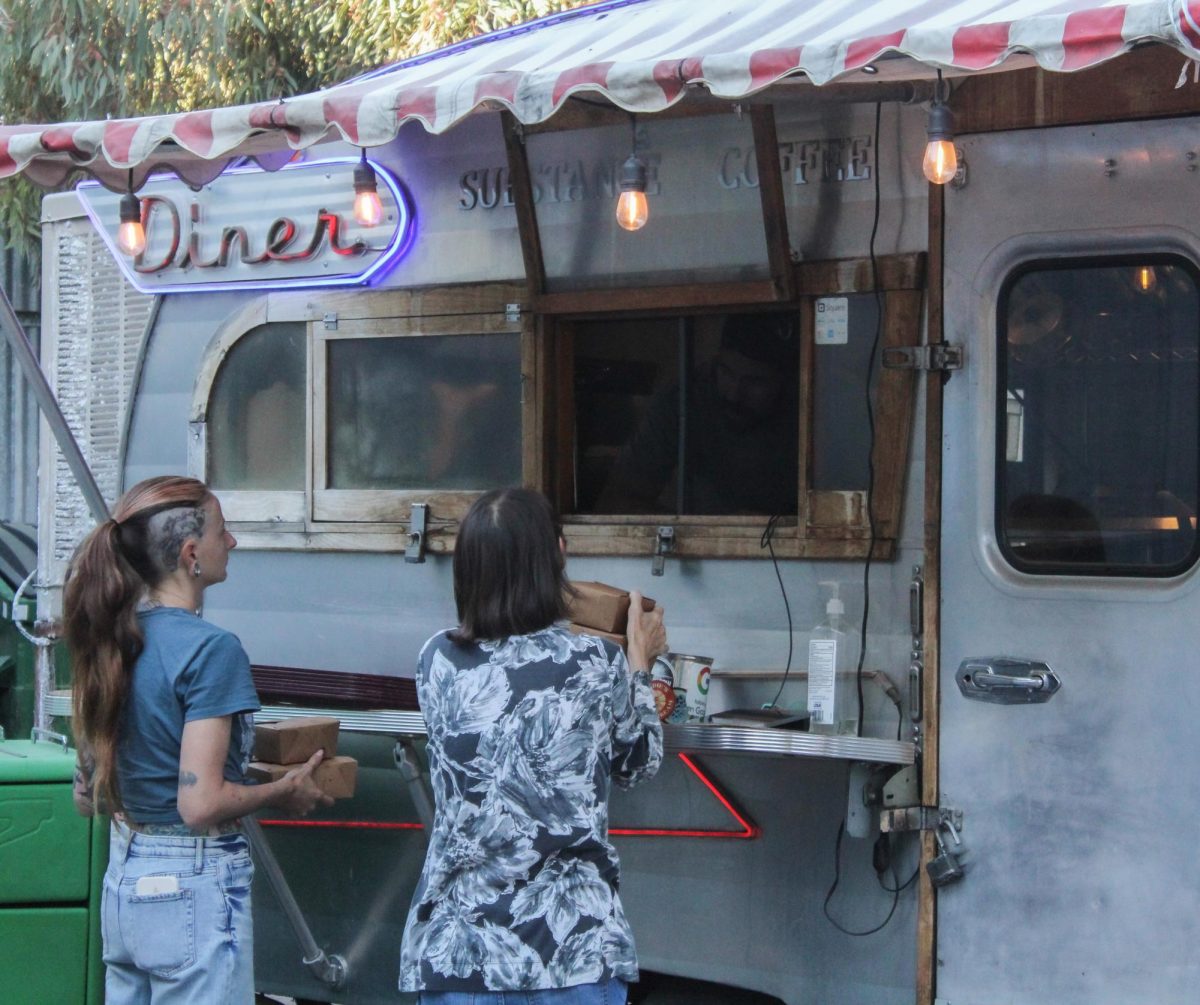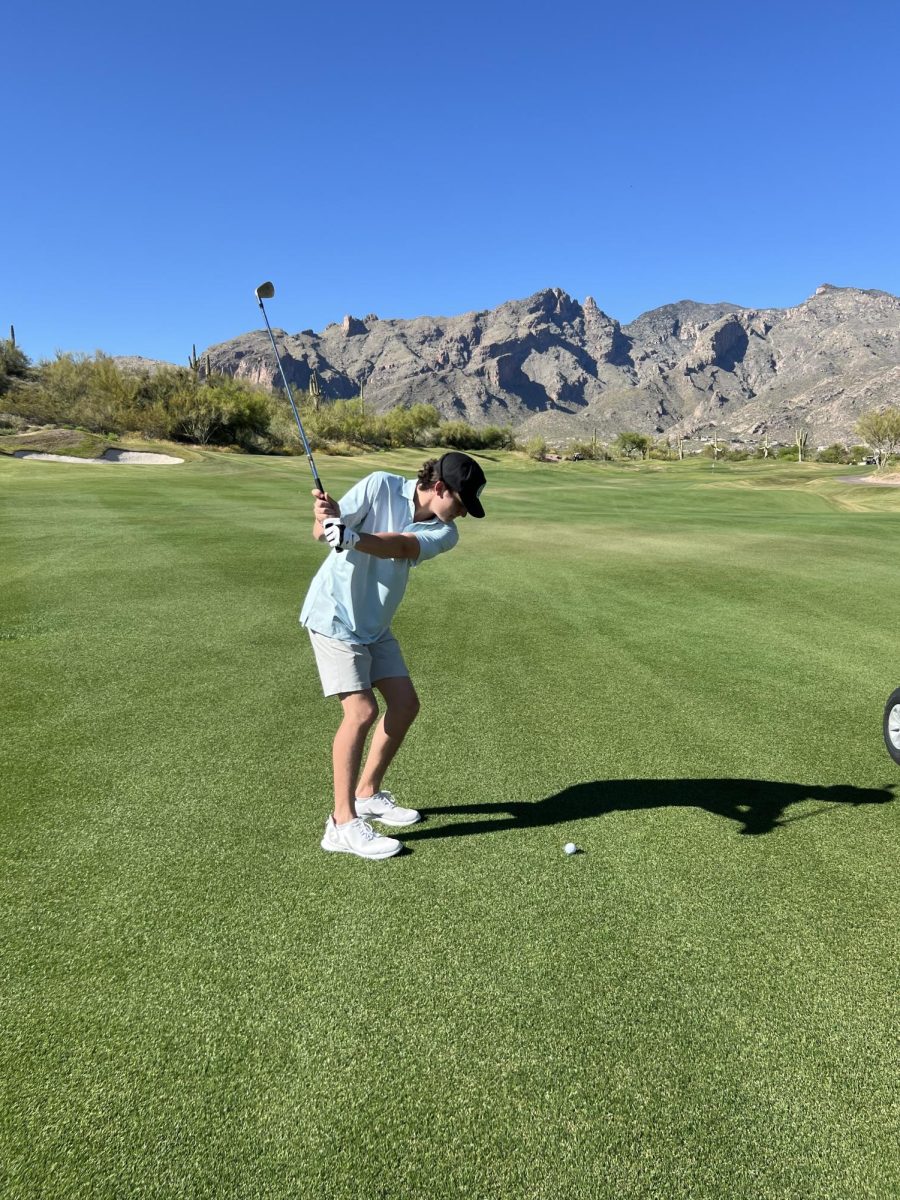Reid Park Zoo is enlarging its zebra enclosure and creating safeguards to protect the population after a 6-week-old foal, Takiti Maji, died.
The enclosure, which houses Tikiti Maji’s parents, Anna and Ben, will include taking out dividing fences to expand the back spaces, putting up secondary visual barriers and adding a new barn.
The moves were made within weeks of the foal’s death on Feb. 6 after its mother was spooked by a gust of wind and ran towards another part of the enclosure. The foal followed but did not stop and ran into the fence, breaking her neck on impact.
Tikiti Maji was one of three foals at Reid Park Zoo that have died over the past decade due to similar events.
“The mortality rate for foals in captivity is fairly high,” said Stephanie Norton, Reid Park Zoo’s animal welfare specialist. “They are flight animals, so their first instinct in most cases is to run.”
Zebras are sturdy, playful and stubborn animals. In the wild, they have many predators and typically flee when threatened.
Reid Park Zoo Animal Welfare Specialist Stephanie Norton shared that Takiti Maji was a beloved member of the Reid Park Zoo, describing the animal as brave and curious.
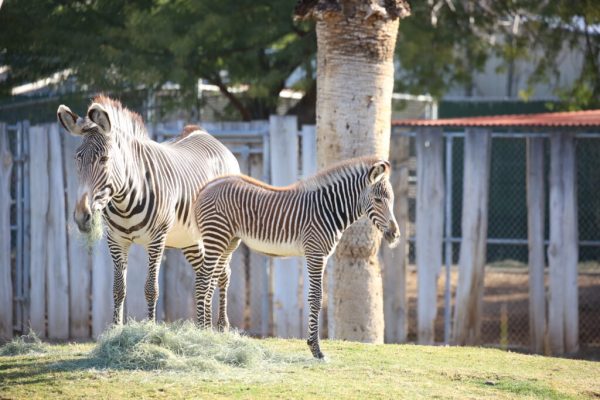
Grevy’s zebras are found primarily in the grasslands of East Africa. The species, which can grow to 4 to 5 feet tall and weigh as much as 900 pounds, are the largest and most endangered zebra species, facing significant threats due to habitat loss and poaching.
The Grevy’s Zebra Species Survival Plan is a national program that seeks to maintain a genetically diverse population of zebras in captivity by the Association of Zoos and Aquariums. Tikiti Maji was born through this program as were the other two Reid Park zebras before her.
Captive breeding programs have become crucial for the survival of these zebras, yet the challenges within captive settings warrant careful consideration, zoo officials said..
All equine species’ vision is concentrated to the side and back.
“They mostly see in the green spectrums of color,” Norton said. “The easiest thing to help them see the barriers is putting light versus dark. They can see high contrast better than color versus not color.”
The behind-the-scenes area of the zebra enclosure is a space where the intricate workings of animal care and management take place.
Reid Park Zoo has 24-hour surveillance cameras in multiple enclosures at the zoo, including ones in the behind-the-scenes areas for the new giraffe calf Moyo and elephant calf Meru.
“We have a partnership with the U of A College of Veterinary Medicine so those interns help watch as well to alert our veterinary staff when there is a problem in the enclosure,” said Nancy Kluge, Reid Park Zoo’s president and CEO. “In the case of Takiti Maji, our veterinary staff was there right away. They went right to work and performed all the measures to resuscitate or do whatever was needed.”
It is also an area where keepers work with the animals to facilitate veterinary procedures, enrichment activities and behavioral training.
“We work with them to make sure that they’re exposed to new situations that help them feel comfortable and confident in the spaces that they’re in,” Norton said of the zebras. “There are lots of things that are outside of our control that could happen, but we try to stop them up for the best success that we can through training.”
“We do a lot of training with the zebras to build up their resilience so that they’re not as likely to be startled by noises and other things happening in their environment,” she added. “In between, we did have a successful foal. His name was Haroo and he did great with the changes that we had implemented from the foal before him that did pass away. He grew up to be a very smart, confident boy.”
Haroo was transferred to another zoo after he reached maturity to continue growing into adulthood and eventually lead his own herd.
“There’s a lot to take into consideration, some of it is we look at the natural history and where an animal is from. Whether they need climate control, what kind of space they need, if that space is vertical, or if is it across. What shape works best. What kind of groupings do they need. The habitat that people see and behind the scenes is also important. We’re also fortunate in this weather, a lot of our animals are out on habitat,” Kluge said.

Several people look through the entrance of the elephant enclosure at Reid Park Zoo. The zoo welcomed a baby elephant in March, her birth has brought many visitors over the past few weeks.
Reid Park Zoo ‘Pathway to Asia’ is set to open in 2025 and will include Asian small-clawed otters, a Komodo dragon, red panda and Malaysian tigers.
The zoo has created habitats that fit their natural behaviors and social structures.
“The Asian small-clawed otters for instance want streams, shallow streams, as opposed to our African spotted neck otters that are currently at the zoo, who prefer big pools that they can swim in. This is an example of different types of water arrangements for enclosures.” Kluge said.
Enclosures at Reid Park Zoo are designed to include features that encourage natural behaviors such as climbing and foraging. Enrichment activities keep animals mentally stimulated to prevent boredom and stereotypic behaviors. Animals can become stressed, bored, or even develop health issues without proper space and features.
“The habitats are being designed from scratch,” Norton said. “The animals are going to have such beautiful spaces to be in and get to show some natural behaviors.”
Arizona Sonoran News is a news service of the University of Arizona School of Journalism.





